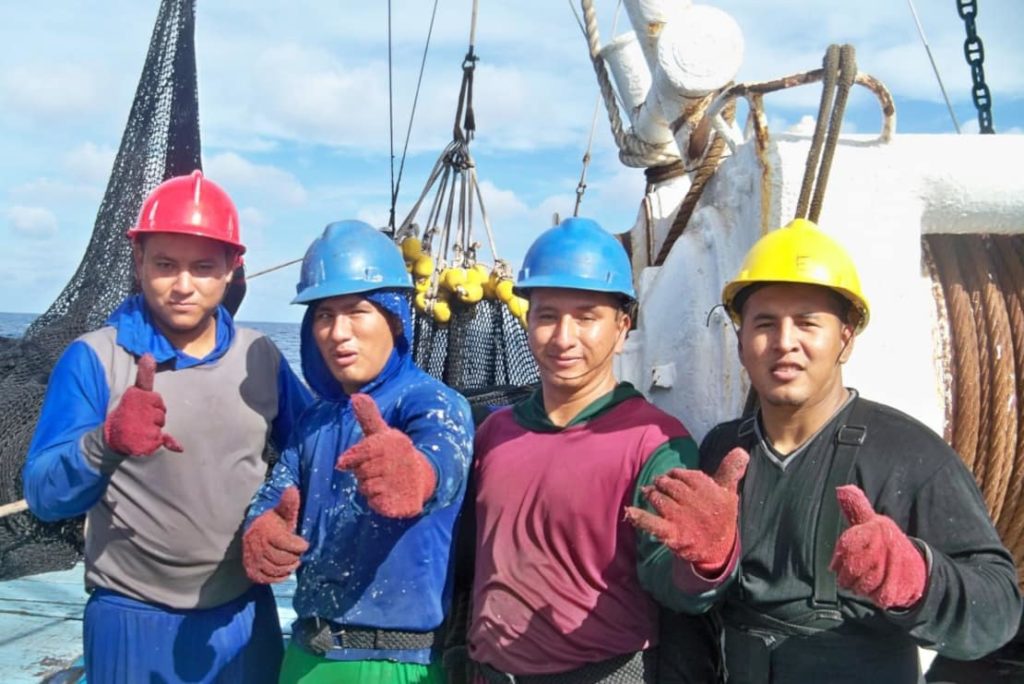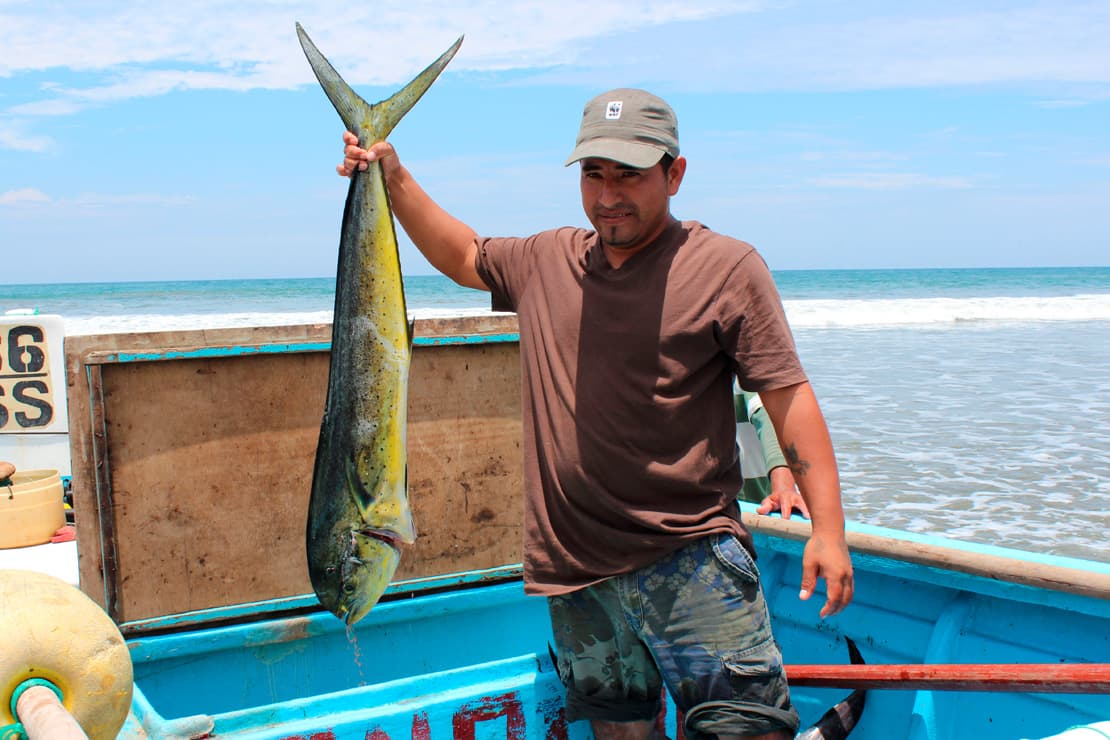Eastern Pacific Ocean Tropical Tuna Purse Seine
TUNACONS
MSC Certified: July 7, 2022
Last Updated: July 2022
After working for several years with WWF, the Ecuadorian government, and key partners on a fishery improvement project (FIP), the Ecuadorian purse seine tuna fishery entered the Marine Stewardship Council (MSC) full assessment process on October 1, 2020 and received MSC certification on July 7, 2022.
Ecuador is major world player in the tuna industry. In the eastern Pacific Ocean (EPO), Ecuador has the largest purse seine fleet, the main capture and the biggest processing capacity. The industry generates an income to the country of 1.2 billion dollars and employs, directly and indirectly, approximately 50,000 people in the coastal region of Ecuador.
Critical issues challenging the fishery include overcapacity of the fishing fleet and the impact of the use of FADs on tuna populations and other marine species (e.g., sharks).
The active involvement of FIP Stakeholders including WWF Ecuador, the Ministry of Foreign Trade, the National Fisheries Institute (INP), and the Fishery School of the EPO (EPESPO), and FIP Participants drove improvements against the Marine Stewardship Council standard.

© Tunacons
GOALS ACHIEVED
FIPs provide a step-by-step approach to bring fishery management practices up to the MSC standard. With support from FIP participants and FIP stakeholders, the FIP achieved several important goals that enabled it to earn certification, including:
FIP PARTICIPANTS
We encourage action across the supply chain to support FIP progress. A FIP Participant is an industry member that is part of the seafood supply chain for the FIP product and is actively engaged in supporting the FIP.

© WWF-US / Molly Edmonds
Other efforts to promote a sustainable future for Ecuador’s fisheries
August 7, 2018
Another critically important fishery to Ecuador, the mahi mahi fishery, is one of the country’s most valuable artisanal fisheries and products are primarily exported to the United States. To promote a sustainable future for this critical fishery, Ecuador’s undersecretary of fisheries resources, in collaboration with WWF, launched the Ecuador Mahi Mahi FIP in 2010.



